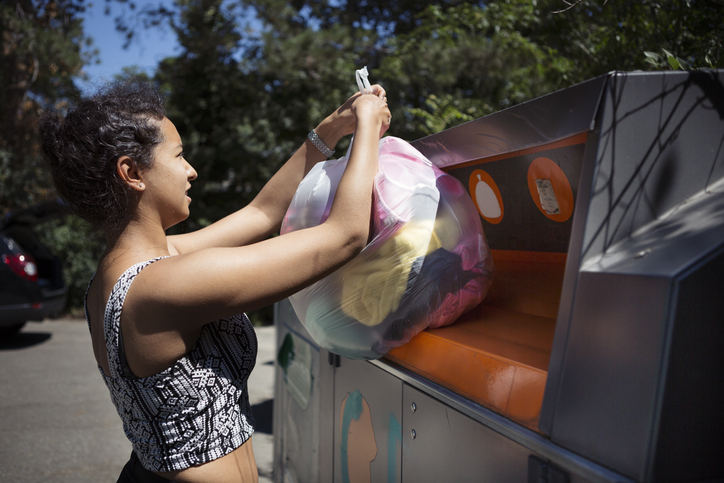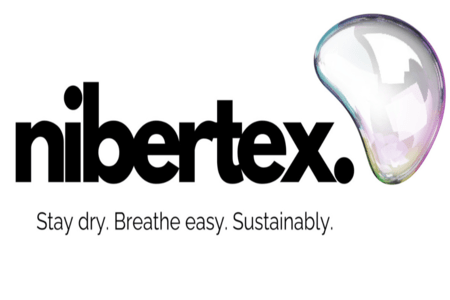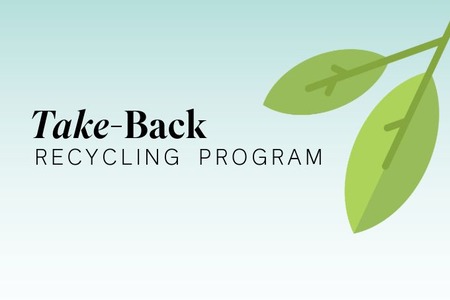
SATCoL trials new machine to prevent clothes reaching landfill
YarnsandFibers News Bureau 2023-03-13 13:46:48 – United KingdomA new FibreSort machine is being tested by SATCoL, the trading arm of The Salvation Army, with the goal of reducing the amount of clothing that ends up in landfills by sorting articles by the material when they reach the end of their useful lives.
In order to prevent end-of-life clothing from ending up in landfills, SATCoL, the largest charity-owned textiles collector in the UK, is conducting a Fibresort machine trial.
The company claims that through reusing products, it has kept more than 250 million items out of landfills each year. SATCoL is also closely collaborating with businesses in the industry to boost the recycling market and is looking for suggestions on various recycling trials, which are still in their early stages.
Also, as part of its initiatives to lessen its impact on the environment and promote circularity, it tries to increase the lifespan of items through its many reuse and recycling programs.
At a panel discussion at the Source Fashion event in Olympia London last month, Marjonne Frost, the head of environment and sustainability at SATCoL, revealed that the organization receives about 60,000 tonnes of textile donations each year.
She said that the majority of these items are salvageable and sold again through the charity stores run by the organization, but that 10 to 20 percent of them are irreparably broken and at the end of their useful lives.
The SATCoL team also described during the panel discussion the methods necessary to breathe new life into used clothing and prepare it for reuse.
Frost added that the Katherine Donation Center's Fibresort machine is used to sort common wearable textiles into different materials and colors as the first "major step." The Fibresort machine employs clever technology to sort goods into different fiber kinds, such as cotton and wool, and even recognizes mixed-fibre blends and colors. This reduces the need for manual labor.
Frost elaborated on the use of Fibresort, saying that even though the clothing labels already identify the fiber composition, they frequently discover that the labels aren't always accurate once the goods go through the Fibresort machine. This indicates that the proportion and content of fiber do not match what is stated on the labeling.
Also, the labels are either worn out or missing when you consider the lifespan of the donated things, which can sometimes be brand-new and other times be from 50 years ago. Information is not available. Not to mention the procedure of organizing these stuff that we would otherwise have to go through.
SATCoL’s marketing manager, Charlene Bent, said that higher-grade items can be distributed to over 240 salvation army charity shops. While the lower-grade items, as discussed, go through Fibresort technology so they can continue to be recycled and put back into the fashion supply chain.
Derek Goodwin, the corporate operations manager for SATCoL, said that the organization's collaborative initiatives with local government agencies and brands, which include setting up sizable bins outside banks, convenience stores, and gas stations for customers to donate clothing and other textiles that are no longer in use.
The group also disclosed to the audience that it collaborates with brands to execute "corporate donations" programs. This entails that companies can give their extra or flawed inventory, which may have no other value, in an effort to keep it out of the landfill.
Market Intelligence
Ask for free sample Report

experience
Customer Base
dedicated team
Countries Served Worldwide









